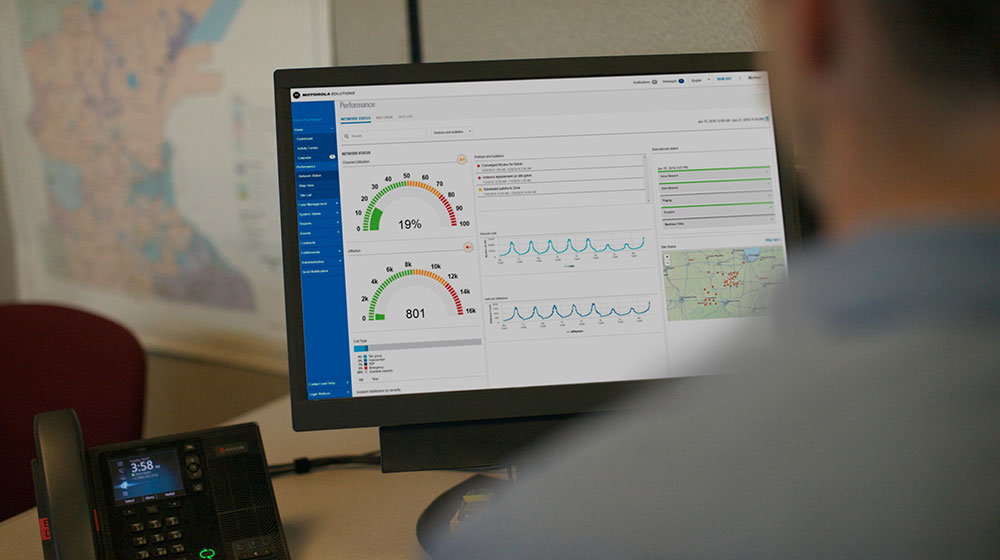On March 17, cities typically celebrate St. Patrick’s Day with food, music, dancing, and of course, parades. Each region will have different traditions for their St. Patrick’s Day parade – from pipes and drum band to floats to Irish step-dancers or baton throwers. Crowds for St. Patrick’s day festivals can also vary in size and scale. For example, the annual parade in South Boston can draw over one-million attendees, but other cities less steeped in Irish culture might draw a more modest audience. But it’s also not the only holiday that can attract major parade crowds in the United States – for example, Mardi Gras festivals drew over a million people to New Orleans, Louisiana in February, and cities across the United States host Pride parades to celebrate the LGBTQ+ community each June.
For state and local safety managers, a parade can pose unique safety challenges. Alcohol-related safety incidents are more common during large-celebrations that involve drinking. Safety managers should therefore be prepared to deescalate potentially disruptive or agitated crowds. Crowd-management strategies are essential for parade safety, and local law enforcement should make sure events are adequately staffed. In addition, large-crowd management training can be valuable. Officers must understand how to safely evacuate residents during an emergency, prevent panic, implement physical barriers to minimize confrontations, and keep an eye out for suspicious activity.
One additional concern has complicated festivals, parades, and other community events in 2020. This year, the outbreak of the coronavirus or COVID-19 has forced state and local safety managers to reconsider large, public celebrations of the holiday. On March 9, Boston actually canceled the annual St. Patrick’s Day Parade and breakfast, citing concerns over the coronavirus, as per CBS Local. Boston Mayor Marty Walsh informed residents that the move was, “out of an abundance of caution”, as the parade has been known to attract enormous crowds in recent years and “it would have put a lot of people at risk of exposure.” State and local officials should always communicate with public health leaders ahead of a parade or other community event, and make decisions based upon their advice or direction.
How To Create a Parade Safety Plan
Each year, state or local governments are responsible for making sure residents are safe at parades, festivals, and other large-crowd events that occur in the community. While every town, city, or municipality will have unique challenges, a comprehensive parade safety plan contains several key components, according to National Association of Counties (NACO). Local safety managers should prioritize a written safety and emergency response plan, parade route maps, setting speed-limits or regulations for parade vehicles, keeping a roster or performers or participants, and creating plan for quick assembly, disassembly, and clean-up.
One of the first, and most critical, precautions a state and local safety manager can take is to evaluate local regulations regarding parades. Then, local leaders should make these requirements available to residents in a centralized location. An online or physical guidance on city ordinances, permit applications, key contact information, or related items can help organizers obtain all pertinent information ahead of hosting a parade or special event, including permitting, volunteer or attendee policy, parking, and safety procedure, as per NACO.
Community planning for a parade or large-crowd event can begin by taking several key preliminary steps, including:
- Assign responsibilities and encourage accountability among local agencies
- Ensure that appropriate personnel, including local law enforcement, security teams, or EMS workers will be available for the parade day
- Determine whether or not parade organizers have secured valid permits or liquor licenses, and ensure first responders are prepared if alcohol will be sold at the event
- Communicate with parade organizers to ensure liability insurance has been purchased for the event; make sure every vehicle used in the parade has valid insurance and inspection is up-to-date
- Make an effort to provide all relevant organizations with a realistic estimate of how many participants/attendees will be involved in the event
Once community planning has begun, organizers should focus on several critical areas, including:
- Route Maps. Route maps and emergency detour maps should clearly detail street closures to first responders and community members. Parade organizers must take careful consideration while routing a parade course around hospitals, schools, and jails. Performance zones within the parade route should also be identified and communicated to participants ahead of the event.
- Physical Barriers and/or Security. Designated viewing areas allow for better flow of pedestrian traffic, and can prevent chaos should an emergency occur. For viewers standing street-side, safety managers will need to determine if fencing is required, or if regulations are needed for handheld signs or posters.
- Driver and Vehicle Screening. Local law enforcement must ensure that float drivers have the appropriate training and license to operate the vehicle during the event. It’s also common procedure to establish speed-limit and vehicle height guidelines specific to an event, taking into consideration local infrastructure, such as if there are any physical obstructions along the parade route.
- Assembly, Disassembly, and Cleanup. Parade participants should be aware of loading, unloading, or parking zones for parade vehicles. Residents or businesses located near loading or parking zones, or along the parade route, should be given plenty of notice. For public health, it is also essential that trash or debris is removed following a procedure, and that a professional service removes sanitary units rented for an event.
- Emergency and contingency planning may be the most critical component of a safety plan. Brief event participants, organizers, and local safety teams on a plan for unexpected emergencies, including evacuation procedure or medical response. It’s a best-practice to create a contingency plan for inclement weather, or any other potential disruption, such as the spread of COVID-19. All parade organizers, participants, drivers, and relevant public safety agencies involved in ensuring festivities run smoothly should receive a security plan for the event.
Be sure to determine how major stakeholders will communicate throughout parade-day, including the during an emergency. Local officials, law enforcement, and first responders should collaborate on a communication strategy ahead of parade-day, and should have a plan in place for ongoing communication throughout the proceedings.
Leveraging Technology For Large Crowd Communication
A mass notification system can be an essential medium for communicating parade details, emergency plans, and other critical information to community members. The system can allow for unlimited internal communication, among major stakeholders, including event organizers, local officials, law enforcement, and first response. Segmentation can also help with parade-day communications, empowering administrators to create lists by departments or, location, or any other relevant criteria. Administrators should receive real-time updates about the success of alerts, ensuring that residents in parade-zones have received critical alerts fast and are responding accordingly.
SMS Opt-in can be an effective tool for safety managers to communicate with parade-day crowds. SMS Opt-in, an add-on to a mass notification system, provides a simple way for residents or visitors to sign up for temporary or long-term inclusion in an emergency alert database. Parade attendees can opt-in to receive alerts using SMS and a keyword unique to the event. Safety managers can use a keyword for multiple events or multiple keywords for one event. The feature allows timely updates during a large-crowd event, such as potential cancellations or changes to a parade route. Visitors who request specific updates or information can even receive targeted messages. By delivering updates to a wider audience, safety managers can ensure any parade runs smoothly, and should an emergency occur, all parties or stakeholders remain informed.





Comments are closed here.